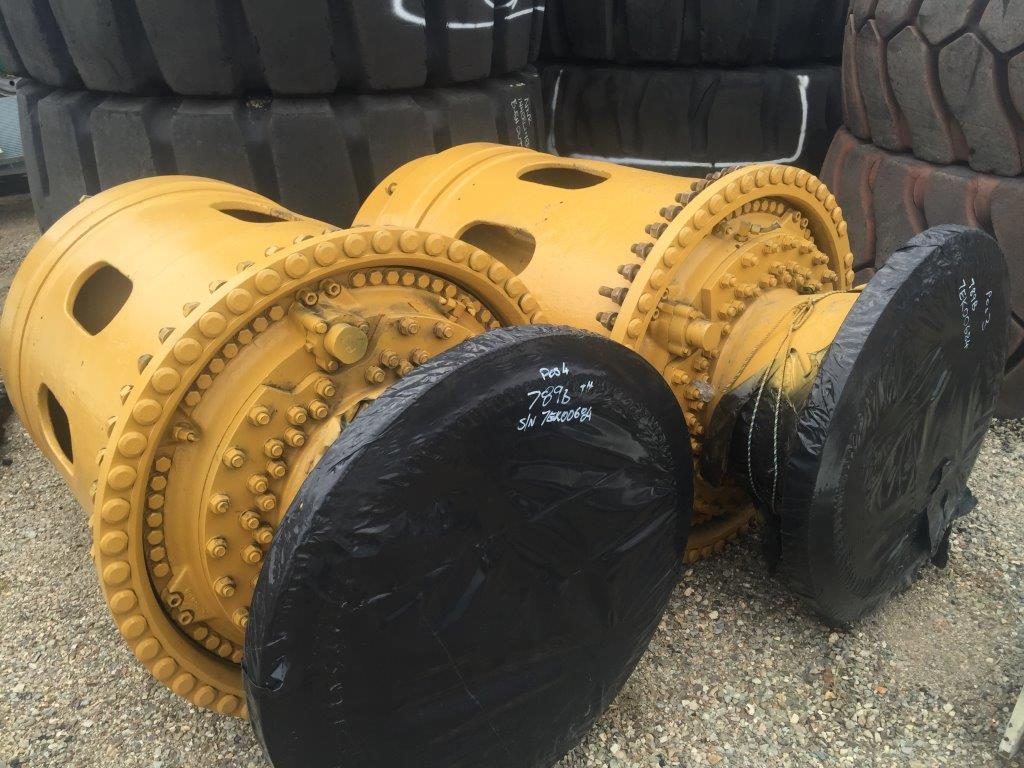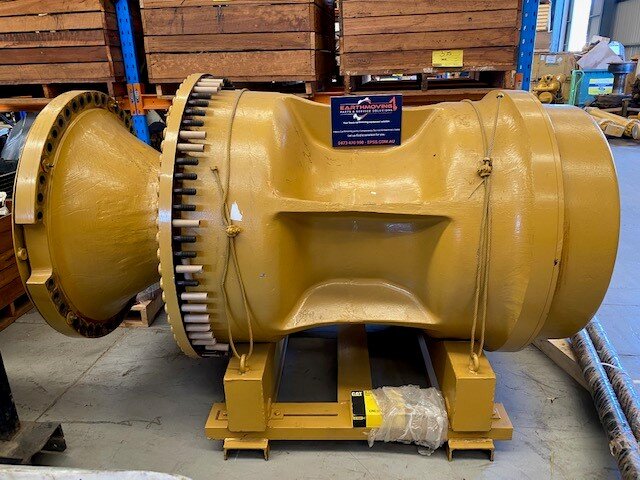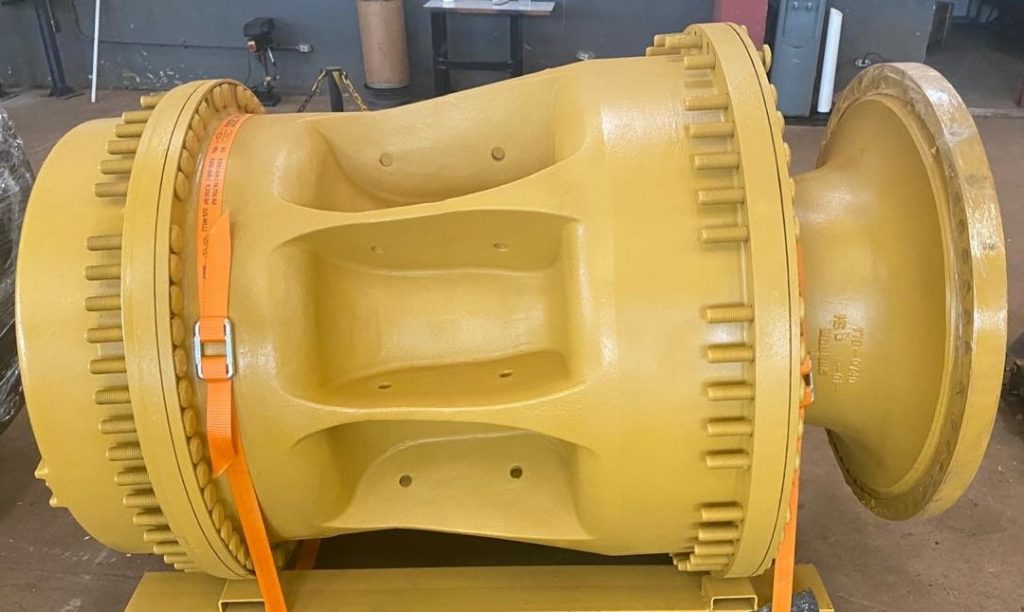Rear Wheel Caterpillar: Definition, Types, Functions, and Maintenance
The rear wheel Caterpillar is a crucial component that supports mobility and stability in Caterpillar heavy equipment. These rear wheels must withstand heavy loads and ensure smooth movement across various terrains. Understanding the definition, types, functions, and proper maintenance of rear wheel Caterpillar can help maintain the performance of your heavy equipment and prevent breakdowns that could impact productivity.

Definition of Rear Wheel Caterpillar
The rear wheel on Caterpillar heavy equipment is designed to provide structural support and allow stable movement across various terrains. These rear wheels are typically made from highly durable materials to withstand extreme pressure and support the vehicle’s overall weight.
Types of Rear Wheel Caterpillar
Several types of rear wheel Caterpillar are commonly used, depending on the type of heavy equipment and operational terrain. Some of the most common types include:
Off-Road Wheels: These wheels are designed for rough terrains such as mining sites, muddy ground, or rocky surfaces. They have deeper tread patterns for better traction.
Construction Application Wheels: Designed for construction sites, these wheels are highly resistant to wear and are suitable for harsher and rockier terrains.
Material Handling Wheels: Rear wheels used in material handling industries are designed to maintain stability when transporting large and heavy loads.

Functions of Rear Wheel Caterpillar
The primary functions of the rear wheel Caterpillar include:
Supporting Heavy Equipment Loads: Rear wheels are designed to bear most of the weight of the heavy equipment and any materials being transported. This is essential for maintaining stability and safety during operation.
Providing Traction: Rear wheels provide traction for the heavy equipment, allowing it to operate smoothly across various terrains. This is especially important in mining or construction sites with uneven surfaces.
Maintaining Vehicle Stability: The rear wheel also helps maintain the balance of the vehicle, especially when carrying heavy loads. This balance ensures that the heavy equipment remains safe and efficient while operating.
Maintenance of Rear Wheel Caterpillar
Proper maintenance will extend the life of the rear wheels and keep the equipment performing optimally. Here are some maintenance steps to follow:
Tire Pressure Check: Regularly check the tire pressure. Under-inflated tires can wear out more quickly and reduce vehicle stability.
Tread Pattern Inspection: Ensure that the tire tread is in good condition to provide optimal traction. Regularly inspect the tread for wear and replace tires when necessary.
Tire Rotation: Rotating the tires regularly can help extend their lifespan by evenly distributing wear across all wheels.
Lubricating the Wheel Axle: Ensure the wheel axle is well-lubricated to prevent excessive friction, which could damage the wheel system.
Regular Cleaning: Clean the rear wheels from mud, dust, or other materials that can accumulate and cause long-term damage to the wheels.
Conclusion
The rear wheel Caterpillar is a vital component in heavy equipment operations, especially in supporting loads and providing traction across challenging terrains. By understanding its definition, types, functions, and implementing proper maintenance, you can ensure that your Caterpillar heavy equipment operates smoothly and enjoys a longer lifespan. SSC Works is ready to assist you in the maintenance and repair of Caterpillar rear wheels, ensuring that your heavy equipment remains in peak condition.

